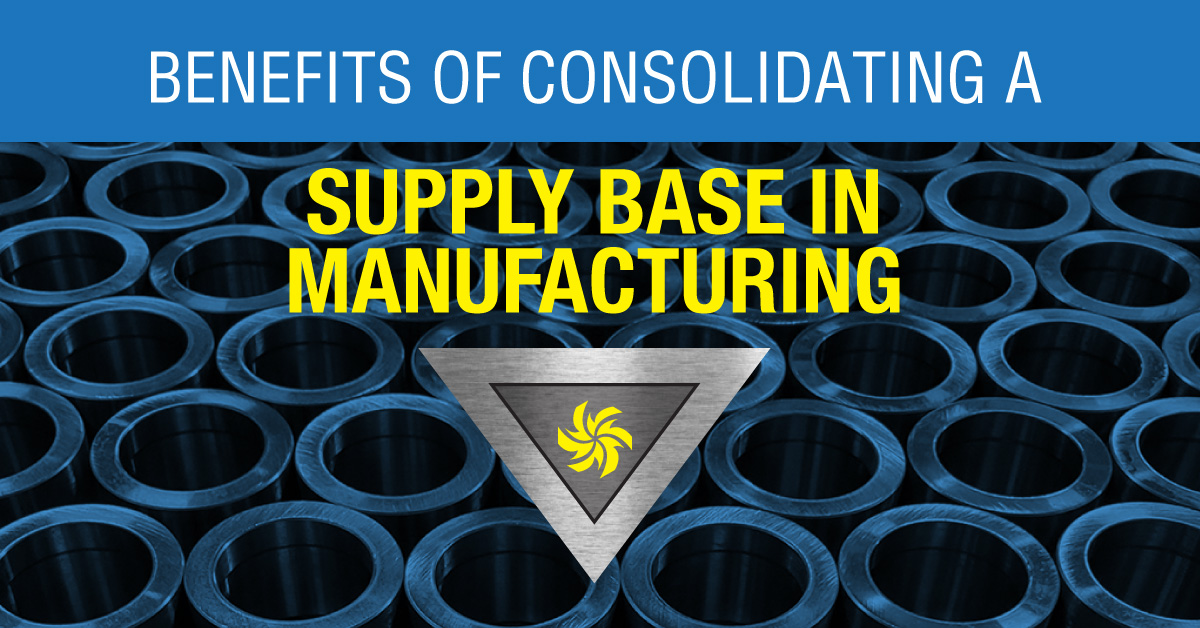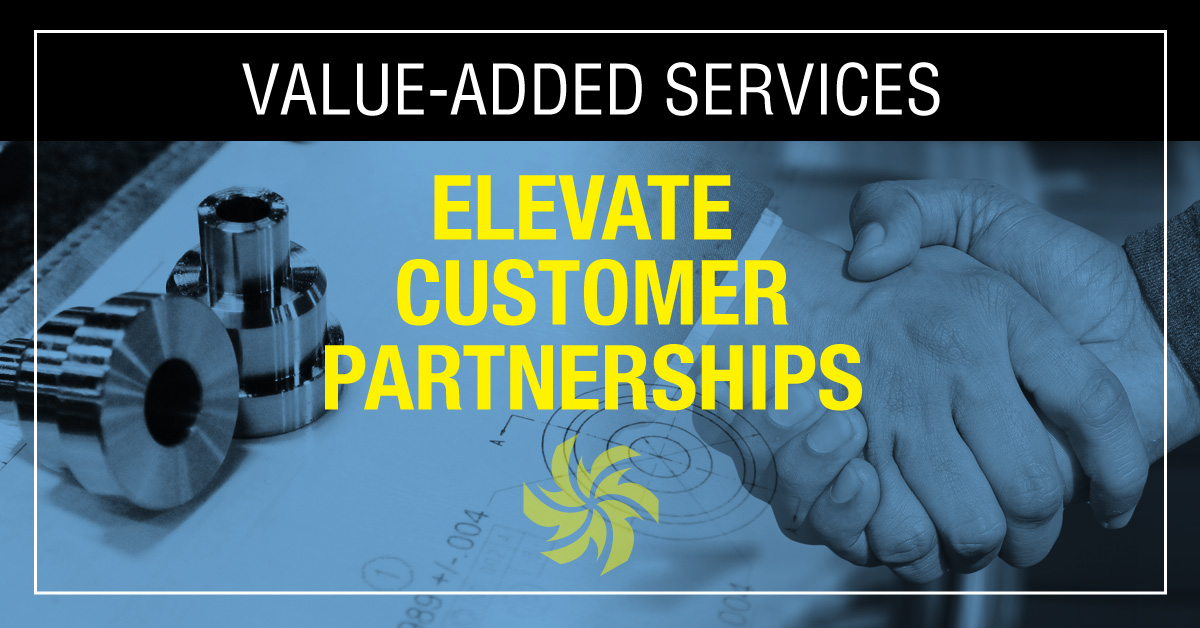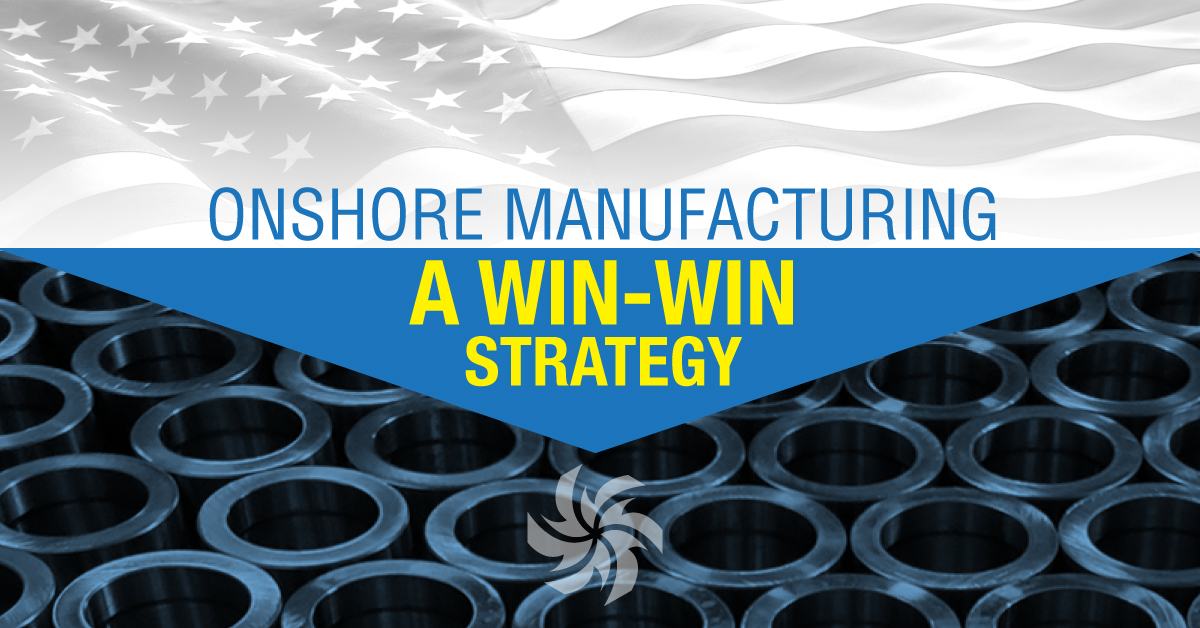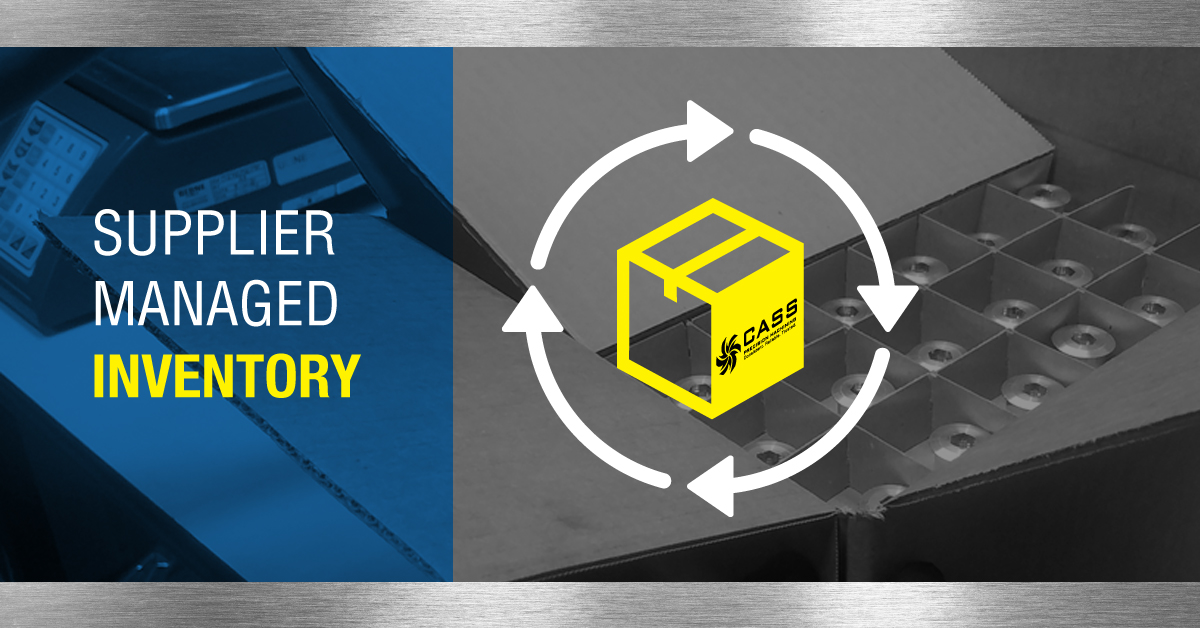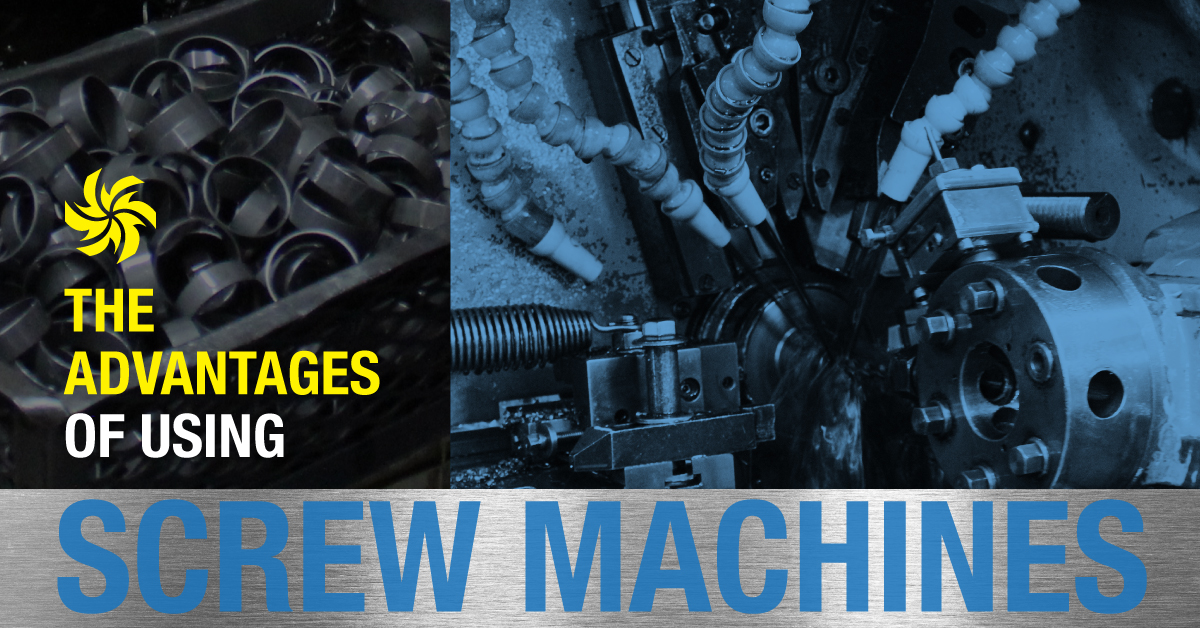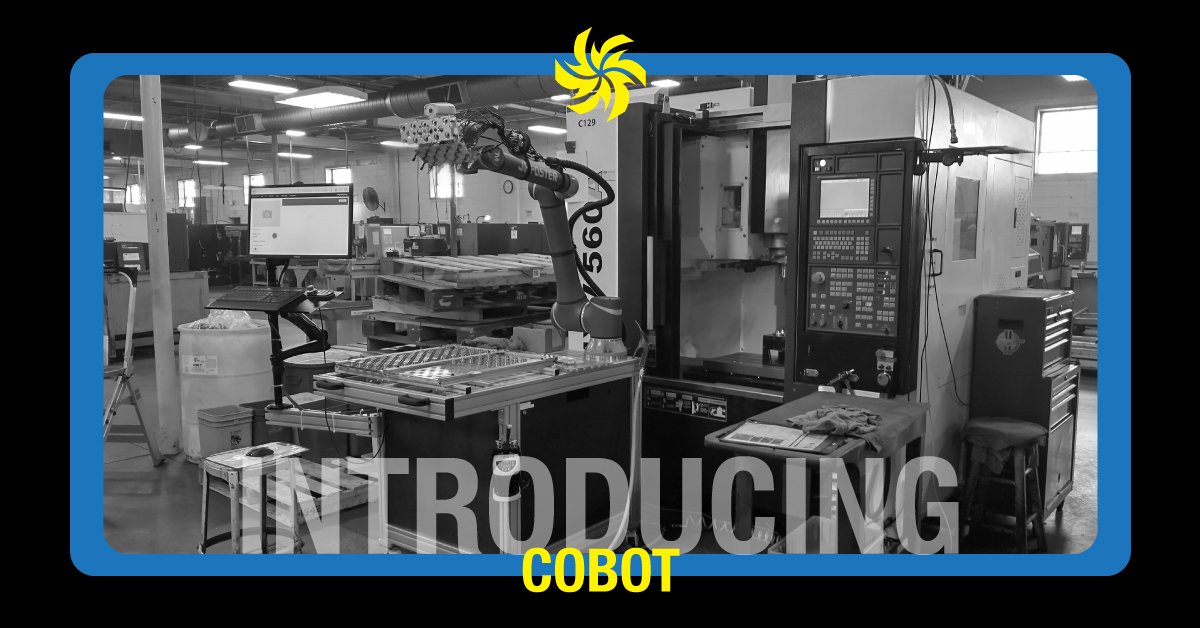At Cass Precision Machining we give quite a few tours of our plant to both customers and prospective customers. These tours are something Cass enjoys doing and it’s always fun to see the “WOW” factor when visitors see just how impressive and effective screw machines can be.
Cass believes that offering tours of our six (6) building campus is essential to providing customers and prospective customers with a full understanding of Cass’s capabilities and value while providing an education on our machines.
At Cass, our machines are designed for efficiency and quality control, giving us the unique ability to provide fast turnaround times for larger-volume runs. Cass’s screw machines provide customers looking for larger volume runs very competitive pricing while still performing multiple operations and processes simultaneously. Cass has both multi-spindle machines (processing multiple steel bars into parts at once) as well as single-spindle machines (one bar of steel at a time) to meet the individual customer’s needs. Even though these machines are set up using mechanical methods, the speeds that come from this type of machine is hard to beat. Parts can come off the screw machines at nearly 400 parts per hour — maximizing both efficiency and speed, reducing overhead costs, and maximizing turnaround time.
Screw machines are a great fit for some parts, and it is why Cass has built a broad level of capabilities into its mix, balancing screw machines with Swiss, CNC, mills and lathes.
What are Screw Machines?
Screw machines are highly specialized pieces of machinery used in industrial manufacturing and other applications. They are designed to cut metal into shaped parts, such as screws or bolts, using high-speed rotating spindles and cutting tools. Screw machines can be either manually operated or automated, and they come in a variety of sizes and styles to accommodate different types of materials.
The term “screw machine” can be confusing since a screw machine doesn’t produce most of your common screws. A screw machine is typically a two-or-more axis lathe through which metal or plastic bar stock is automatically fed using gears to drive spindle speed and RPM, while cams control the feed rate of individual tools which cut down the metal to precise dimensions and tolerances. Multi spindle refers to tools that are overlapping with one another simultaneously, therefore reducing the cycle time and overall time it takes to make parts.
Their versatility makes them ideal for use in several applications across many different industries. What’s more, their competitive running costs make them a cost-effective solution for many parts such as bushings, spacers, pins, bolts, and more.
Due to the nature of their design, screw machines can produce more parts per hour than most other modern CNC machining processes. This allows for higher efficiency and lower production costs compared to traditional manual machine tools. The accuracy and speed with which screw machines perform operations also make them ideal for mass production jobs that require precise results within short timeframes.
For these reasons, screw machines are often an ideal choice for those in need of reliable machining solutions. Screw machines offer a convenient and economical way to produce precision parts quickly and accurately. What’s more, with the wide range of sizes available, they can easily accommodate virtually any project or application.
At Cass Precision Machining, we’re proud of the work our screw machines, many which have been around since the 1960’s. They are bigger machines that can perform six operations in one and run at higher speeds, while being less costly to operate.
No matter what type of manufacturing project you have in mind, screw machines can be an invaluable tool for getting the job done quickly and accurately. By taking advantage of their many benefits, companies can ensure a smooth and efficient production process that will help them stay ahead of the competition. Additionally, with their relatively low running costs, screw machines are an economical solution for any business looking to maximize its productivity.
Cass Operates 60 Screw Machines
At Cass Precision Machining, we utilize 60 automatic screw machines. Screw machines have evolved from their origins in Switzerland to excel at machining round, square, or hex bar stock in high volumes at world-class output rates. Our screw machine shop can process a wide variety of materials, including cold-rolled carbon steels, alloys, aluminum, brass, bronze, some series of stainless steels, tubing, and selected plastics. Screw machines can fully produce a wide range of custom build-to-print parts, including bolts, spacers, pins, bushing, nuts, fasteners, and many more with features ranging from simple to complex. Every day, our screw machining teams produce and ship thousands of parts.
Two of our six buildings at Cass Precision Machining house screw machine shops, including 43 New Britain automatic, multi-spindle screw machines, all equipped with bar feeders. The multi-spindle feature on these machines supports high volume parts production and provide high part-per-hour output rates. The result is high-quality screw machine parts at globally competitive price points. Typical production releases start at 4000 pieces with production orders ranging as high as hundreds of thousands of parts. These multi-spindle screw machines can handle bar stock material ranging from .187 inch (4.765 mm) up to 3.5 inch (88.9 mm) diameters. From a part geometry perspective, the overall length of parts starts at .030 inches (.762mm) and run up to 4.0 inches (101.6 mm). Although material selection will impact the tolerances that we can hold on this equipment, standard tolerances for these machines is +/- .005 inches (.127 mm). Depending on the material selected, +/- .002 inches (.050 mm) can be achieved.
Cass also operates 17 single-spindle Brown & Sharpe automatic screw machines. These machines feed single bars at a time, and while fully able to run similar parts to our multi-spindle equipment, they are geared for lower-volume orders and faster changeovers. Most of the screw machines in this area are equipped with Servo-Cam technology, which facilitates the automation of certain aspects of set-up and changeover work. This equipment can handle the full range of materials noted above and is our preferred processing area for tubing. Bar diameters range from .125 inches (3.175 mm) up to 2 inches (50.8 mm). When end work on one or both ends is exclusively required, Cass can provide part lengths as high as six feet. Standard tolerances on these machines are +/- .005 inches (.127 mm); however, depending on the material selected, +/- .002 inches (.050 mm) can be achieved.
Why are Screw Machines Less Costly to Operate?
Screw machines are an economical alternative to traditional production methods and can allow companies to produce parts more cost-effectively. Screw machines use automated systems to reduce labor costs, increase throughput speed, and improve quality control. As a result, they are often able to lower the total cost of production while providing higher output over manual operations.
In addition, a single screw machine can produce a wide range of products in multiple sizes, shapes, and configurations. This reduces the need for additional machines to produce different parts and keeps costs down. Furthermore, the use of interchangeable components within screw machines can minimize the cost of tooling by making it easier to switch between operations quickly and with minimal effort.
It is also important to note that screw machines are usually more reliable than other production methods due to their robust construction which allows them to better withstand any wear on production parts or tools. This makes unscheduled downtime less likely, resulting in fewer delays and shutdowns during operation — ultimately keeping operational costs low.
What Do Screw Machines Produce? (Bushings, Pins, and Spacers)
Screw machines are essential for many manufacturing and industrial operations. Screw machines are very effective at producing bushings, pins, and spacers. Of these components, bushings are the most produced by a screw machine.
Bushings are mechanical components shaped like hollow tubes or cylinders that can be made out of a variety of materials, including metals, plastics and composites. They are typically used to absorb shock and reduce friction between two objects that move relative to each other. Bushings can also be used to connect two pieces together where one piece moves within another piece or when there is a need for vibration damping.
Pins are cylindrical fastening devices used in multiple applications including joining two components together by sliding the pin through both components. Pins are made from a variety of materials and come in many sizes and shapes so they can be used in almost any application.
Spacers, on the other hand, are used to fill gaps between two parts or surfaces. They can also provide extra strength when connecting two pieces of machinery. Spacers are commonly made out of metal or plastic and come in a wide range of shapes and sizes depending on their purpose.
No matter what type of parts you need, screw machines are an excellent option for producing bushings, pins, and spacers at scale. They offer a reliable production process that helps companies stay competitive in their industry while ensuring they produce high-quality products every time. Whether you’re looking to produce large or small volumes of components, screw machines are sure to provide an efficient solution.
What Materials Can a Screw Machine Process?
A screw machine is a type of automated lathe used to cut and form parts from stock material. It is used in many industries, including automotive, aerospace, medical device manufacturing, and electronics. The screw machine can be used to process various types of materials such as brass, aluminum, stainless steel, and carbon steel. Each type of material requires special processing techniques for optimal results.
When working with brass on a screw machine, the most common methods are knurling or threading. Knurling involves creating grooves in the surface of the metal which increases the grip and friction between two objects when they come into contact with each other. Threading involves cutting threads onto the surface of the workpiece to create internal or external threads.
The screw machine is also capable of working with aluminum, which can be formed using several methods including tumbling and grinding. Tumbling involves placing the workpiece into a drum containing an abrasive material to produce a smooth finish. Grinding can be used to shape the surface of the metal by using high-speed rotating wheels or belts that are covered with a special abrasive material.
Stainless steel can also be processed on a screw machine, primarily through turning operations. This method involves cutting away excess material from the workpiece while keeping its diameter constant. It is important to note that stainless steel has a higher hardness than other metals and requires more specialist cutting tools in order to achieve good results.
Finally, carbon steel is another material that can be processed on a screw machine. This metal can be machined using turning operations, grinding techniques, and drilling processes. It is important to note that carbon steel is prone to rusting so it must always be treated with some form of corrosion-resistant treatment before being used in any application.
In conclusion, a screw machine can process many different types of materials including brass, aluminum, stainless steel, and carbon steel. Each type of material requires its own unique set of processing techniques in order to achieve optimal results. By understanding the capabilities of a screw machine and the various methods for working with each type of material, Cass Precision Machining is able to produce high-quality parts quickly and efficiently.
Cass Precision Machining – Quality Craftmanship
At Cass Precision Machining, we pride ourselves on our commitment to quality and craftsmanship. Our tours are designed to show customers firsthand just how dedicated we are to producing top-notch components at competitive prices. We invite you to come take a tour of our facility any time; we’re sure you will be impressed by what you see!



